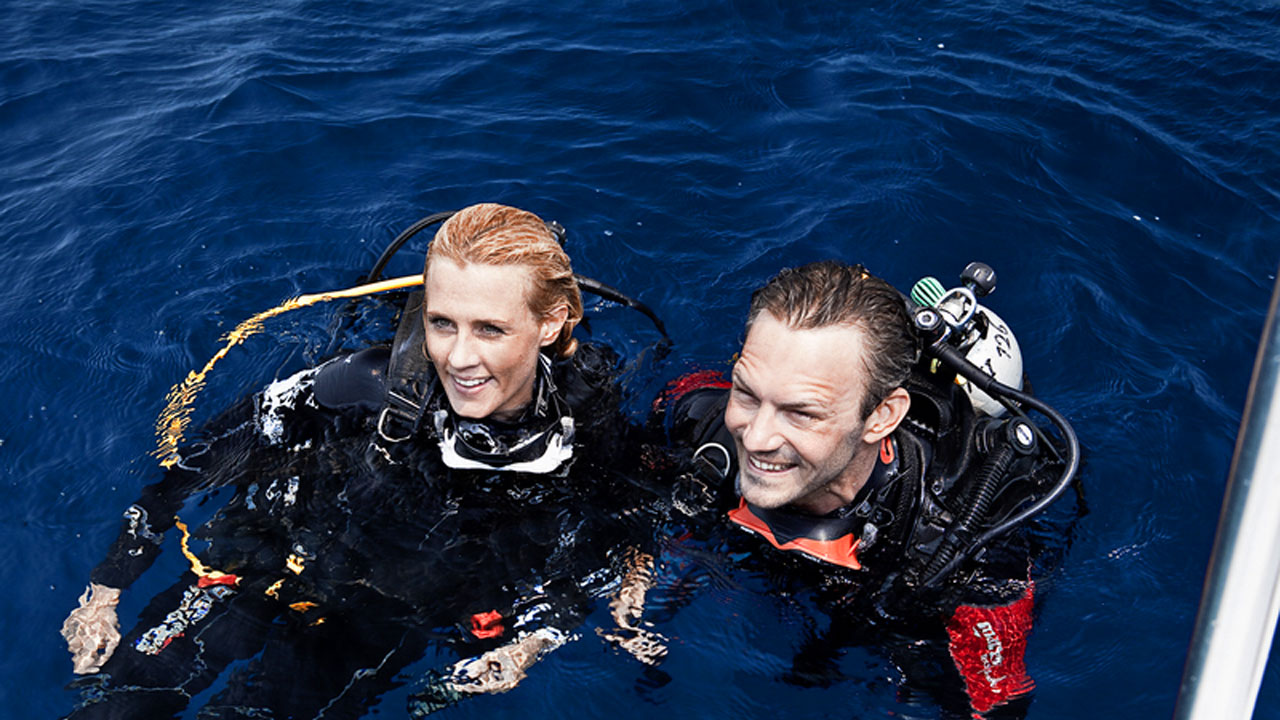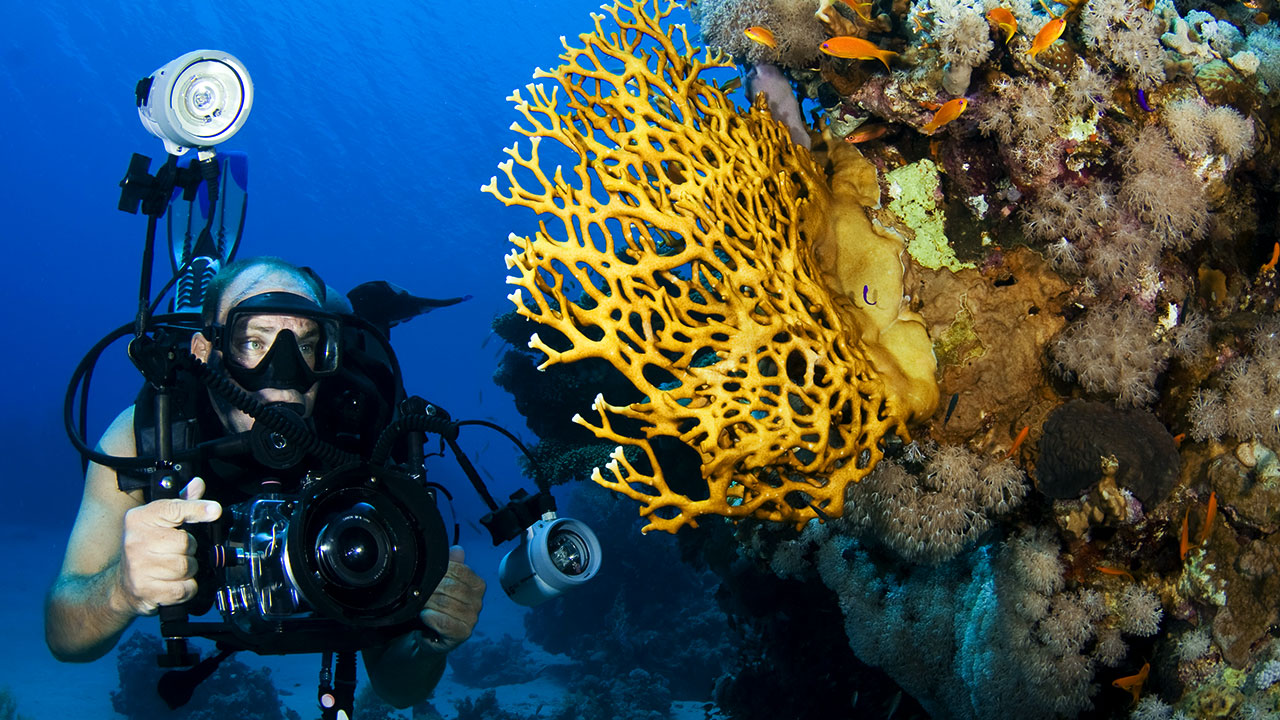Protecting Your Face Underwater: Mask Techniques

As we all know, human eyes are poorly adapted to seeing in water. Therefore, a mask is among the essential parts of a scuba gear set. That being said, almost every diver at one point or another during their time underwater has experienced mask leaks. And while for experienced divers, having to remove a scuba mask underwater is a nuisance, many new divers struggle with mask clearing techniques. A suddenly flooded or removed mask is one of the most common sources of panic. Learning how to prevent it and deal with the situation calmly is a crucial skill, which, though sometimes scary, can be mastered with the correct technique and a lot of repetitive practice.
There are many reasons why your mask may be removed underwater:
- Diving equipment malfunction. If a strap or buckle breaks, your mask will flood and will need to be readjusted.
- Contact with another object. You might hook your snorkel or even mask on something or might face an accidental kick from a diving buddy. Both can dislodge your mask.
- Residue on the mask. If your mask gets covered with grime or gets foggy, you may need to remove it, clean it, and replace it to enjoy good visibility.
- Improper positioning. If your mask strap is placed anywhere but the crown of your head, it will likely slip. You will probably need to remove the mask and put it on properly when this happens.
Practicing mask removal and replacement can be unpleasant - no one likes the feeling of a flooded mask or sudden poor visibility. However, you will need to stay calm while removing and replacing your mask, so if mask troubles spook you, consider practicing in a controlled environment or even start small by just picturing the steps to mask removal and replacement:
1) Start practicing in the area where water is shallow enough to stand in. Kneel at the bottom and keep slightly negative so that you can focus on your mask only. Prepare yourself mentally and focus on staying relaxed. One of the biggest risks with mask problems is the sudden panic they can cause, so proceed slowly and consciously focus on staying calm.
2) When you are ready, place your forefingers on the top of the mask and your thumbs under the frame of the mask. Pull and let water seep into your mask. Continue to breathe normally and add water until it fills your mask just below eye level. It is important to introduce water into your mask slowly, because when your mask floods suddenly your body instinctively wants to inhale and hold the breath. Slowly adding water to your mask helps you to outwit this reflex.
3) Slowly add more water to the mask until it is completely filled. You may keep your eyes open or closed, depending on your comfort level. Pull the mask off either by pulling on the mask strap with one hand and the frame with the other or by pulling at the frame with both hands. Securely grasp the mask once it is off. Breathe through your mouth using the regulator. There is often an uncomfortable pressure or sensation as the nostrils fill with water. You can combat this by slightly exhaling through the nose. However, do not use your nose to exhale fully, as you may end up taking in some water.
4) Relax for a moment and make sure the mask is in the correct position for replacement. The nose pocket should be pointing towards the bottom. If your eyes are closed, you will need to use your fingers to ensure that the frame is clear of straps and that the straps and buckles are not tangled in any way. Even if you are able to keep your eyes open, you might want to occasionally practice this step with eyes closed. It is a useful skill to be able to remove and replace your mask with no visibility.
5) Position one hand on the strap and one on the frame. Using one hand, seal the mask against your face. Using your other hand, pull the mask strap over your crown and smooth out the strap while keeping the mask in position over your face. Clear the water out of the mask by pressing the top frame of your mask tightly against your face and exhaling through your nose. Some divers prefer to clear water out of the mask first, before strapping the mask in place. In either case, remember to breathe normally while maintaining positive pressure in your nostrils until the mask is water-free.
6) If you find that you are still experiencing difficulties, practice breathing through a regulator or snorkel without using yourmask in a controlled environment in shallow water. Take some time to get used to the feeling of water in and around your nostrils. Breathe slowly and regularly, focusing on each breath and on staying calm. Remember that you are completely safe and can simply stand up or lift your head out of the water and be able to breathe normally again. Once you feel comfortable breathing with your face submerged without a mask, you are ready to try mask clearing again.
Note, new skills should never be attempted without the supervision of a qualified scuba instructor, and you should only practice on your own after entry-level certification.




